Russian fairy tales in the works of Ivan Bilibin
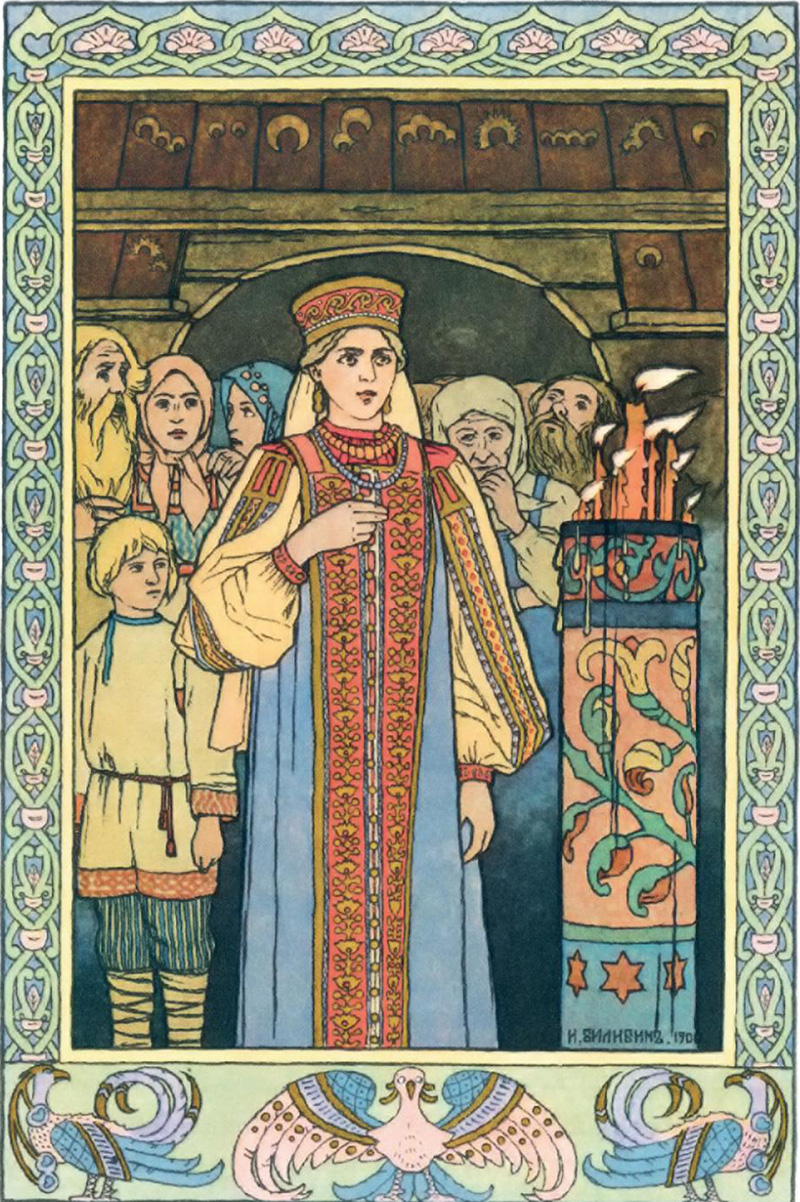
The artist devoted his creative search to the natural Russian beauty. He did so as a theatre artist, a master of graphics, posters, sketches and postcards.
Ivan Bilibin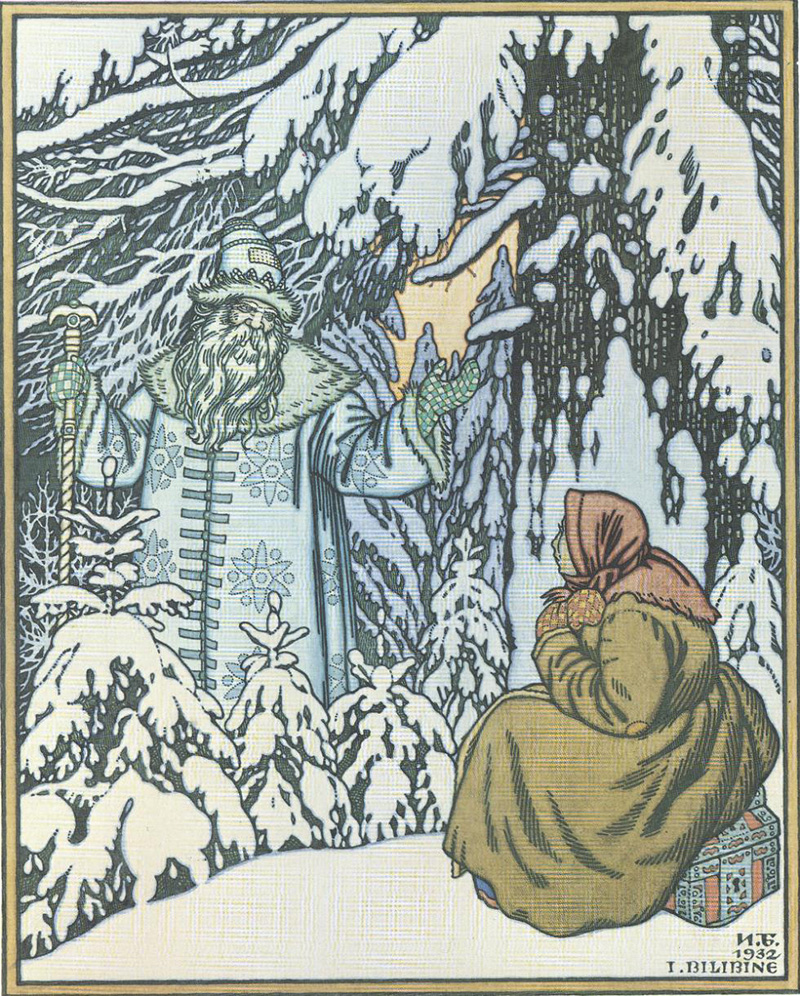
In September 1941 the 66-year-old artist refused to be evacuated from the besieged Leningrad. “You can’t run from a besieged fortress, you must protect it,” said Bilibin in response. And he died of starvation during the first winter of the Siege of Leningrad.
Ivan Bilibin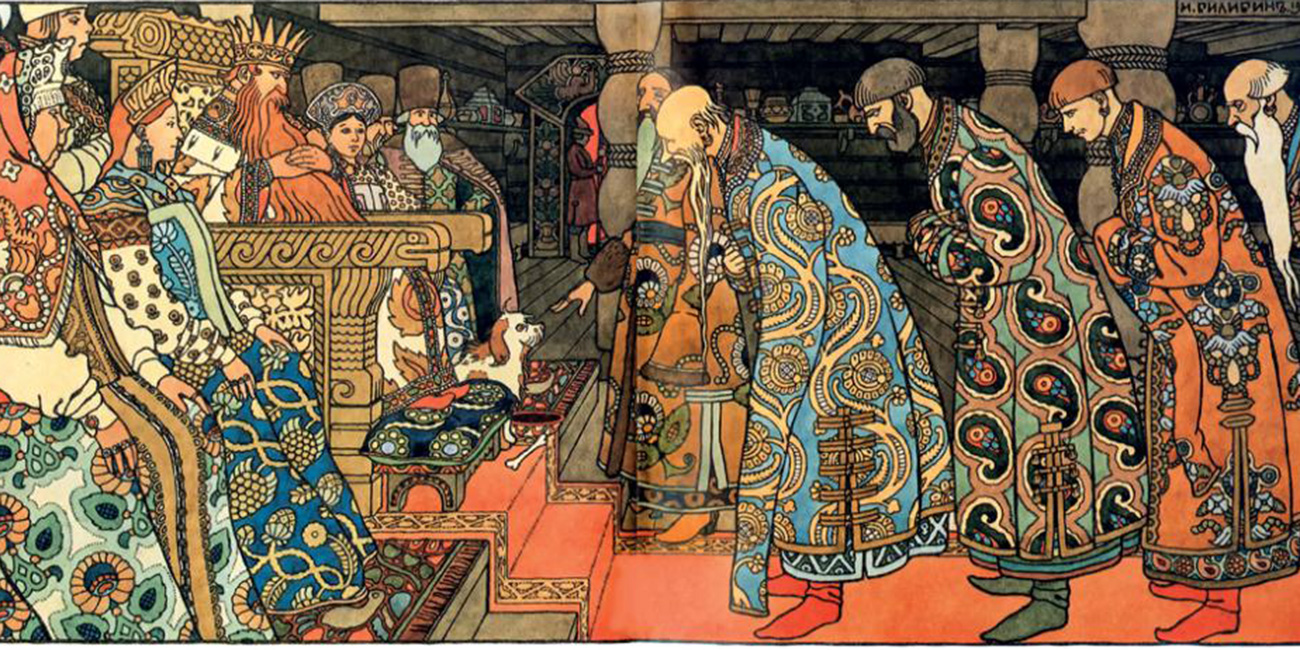
His paintings for Pushkin’s “The Tale of Tsar Saltan” and “The Tale of the Golden Cockerel” were bought by the Russian Museum and by the Tretyakov Gallery.
Ivan Bilibin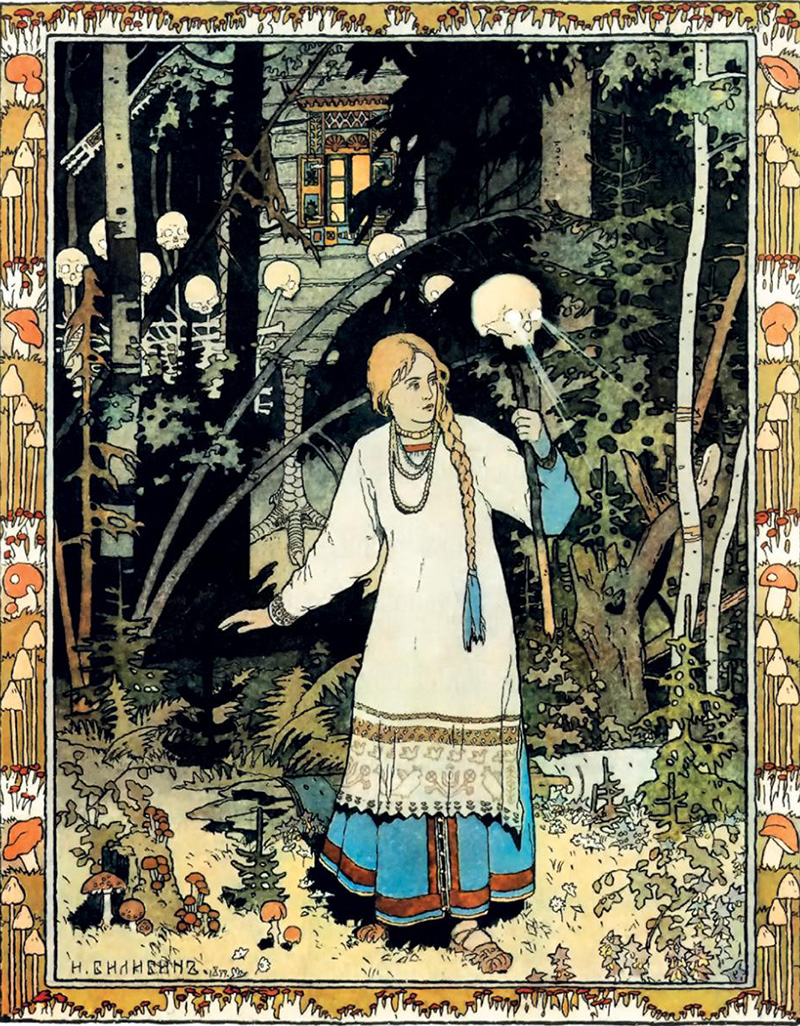
Bilibin was heavily influenced by trips arranged under the auspices of the Russian Museum in St. Petersburg. He traveled to the Vologda, Olonetsk and Arkhangelsk governorates in search of examples of Russian wooden architecture and ethnographic studies.
Ivan Bilibin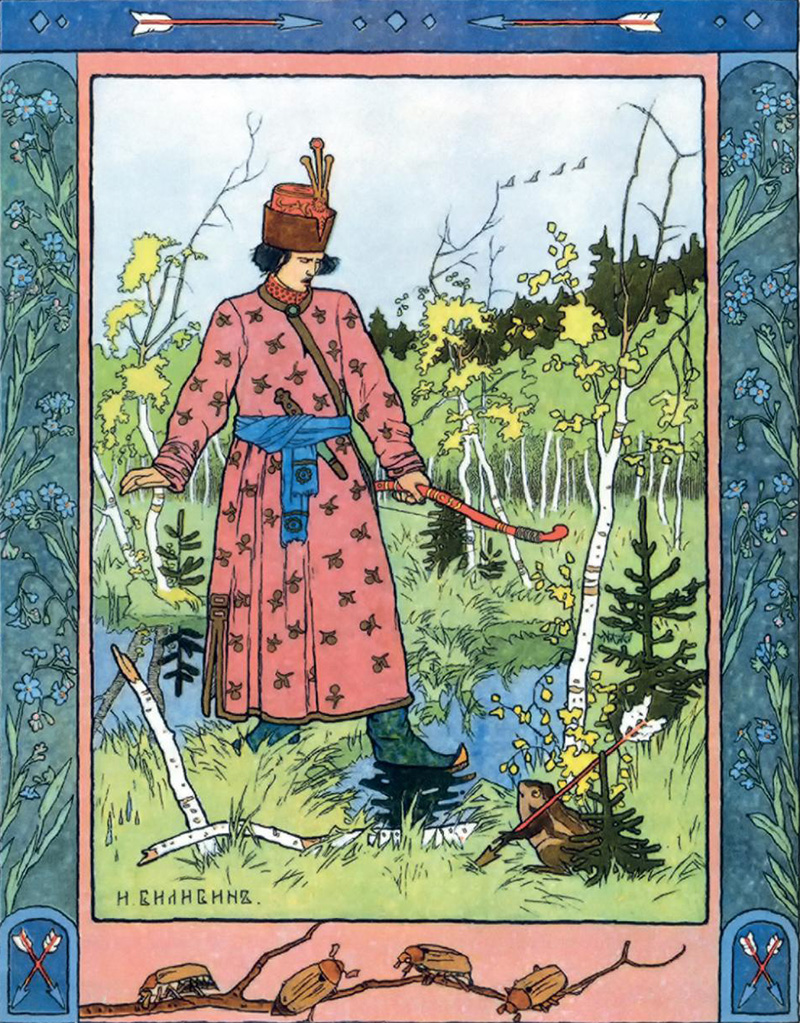
He reached his creative peak while working on illustrations for fairy tales by Russian poet and writer Alexander Pushkin.
Ivan Bilibin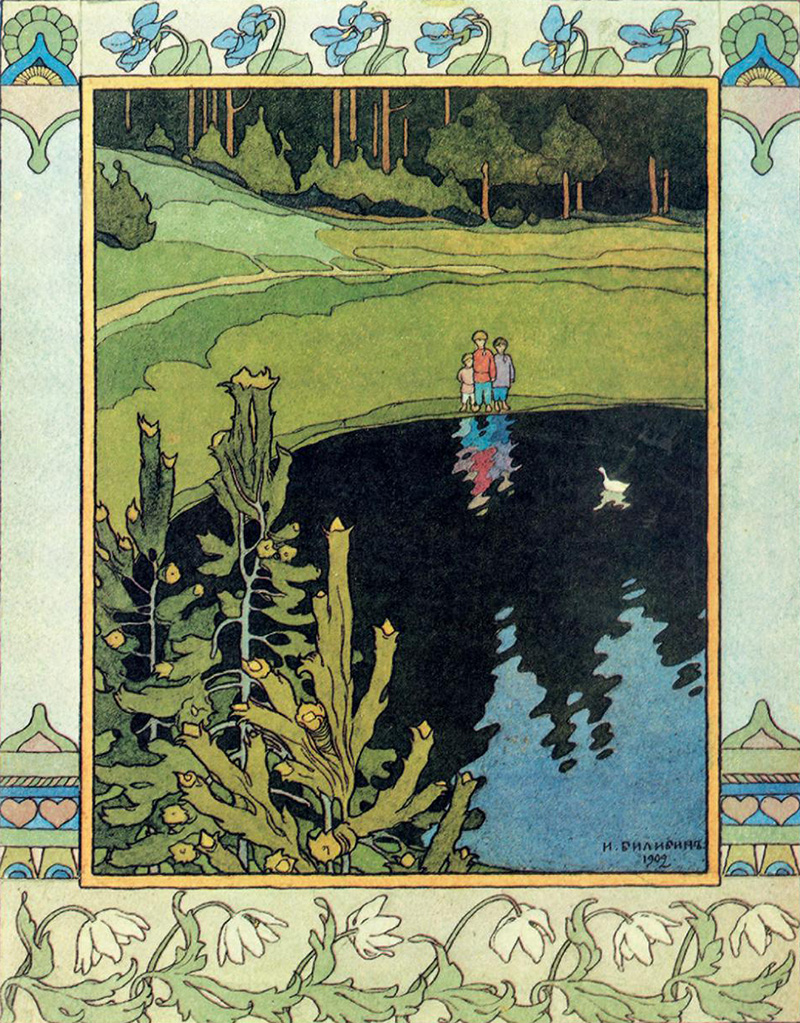
As a young man, Ivan Bilibin studied law at the St. Petersburg Academy, but took painting lessons on the side.
Ivan Bilibin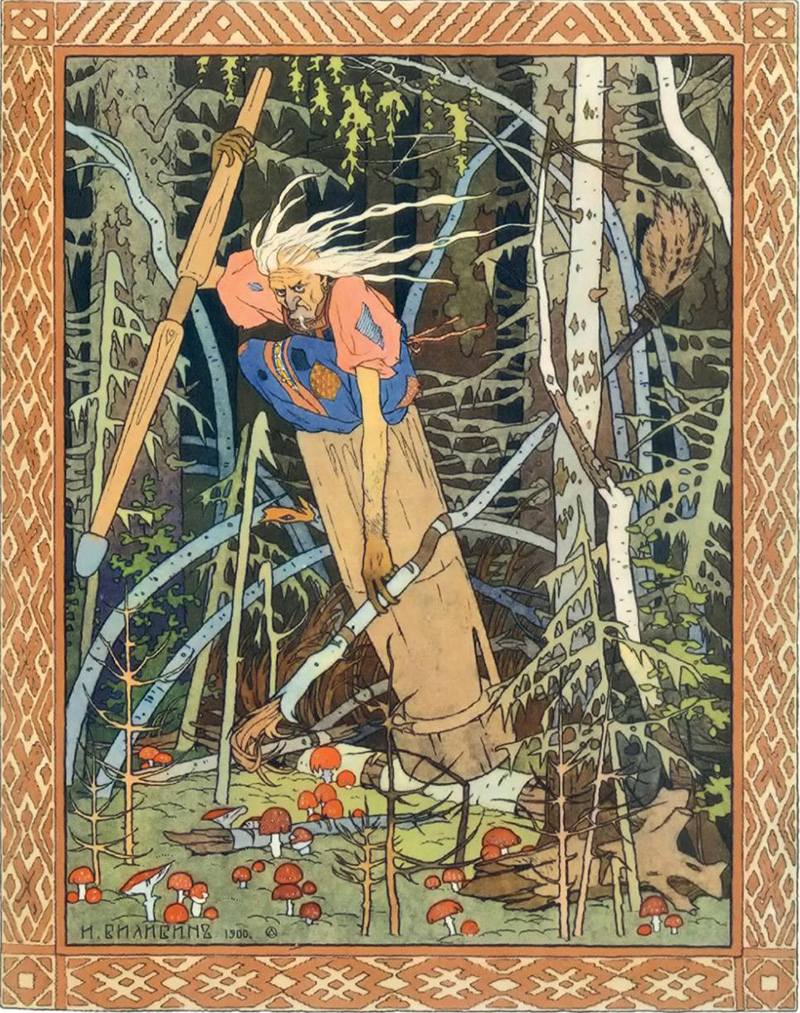
Inspiration came calling in the form of an old-fashioned Russia, crippled, dusty and moldy. But even under the dust Bilibin saw beauty.
Ivan Bilibin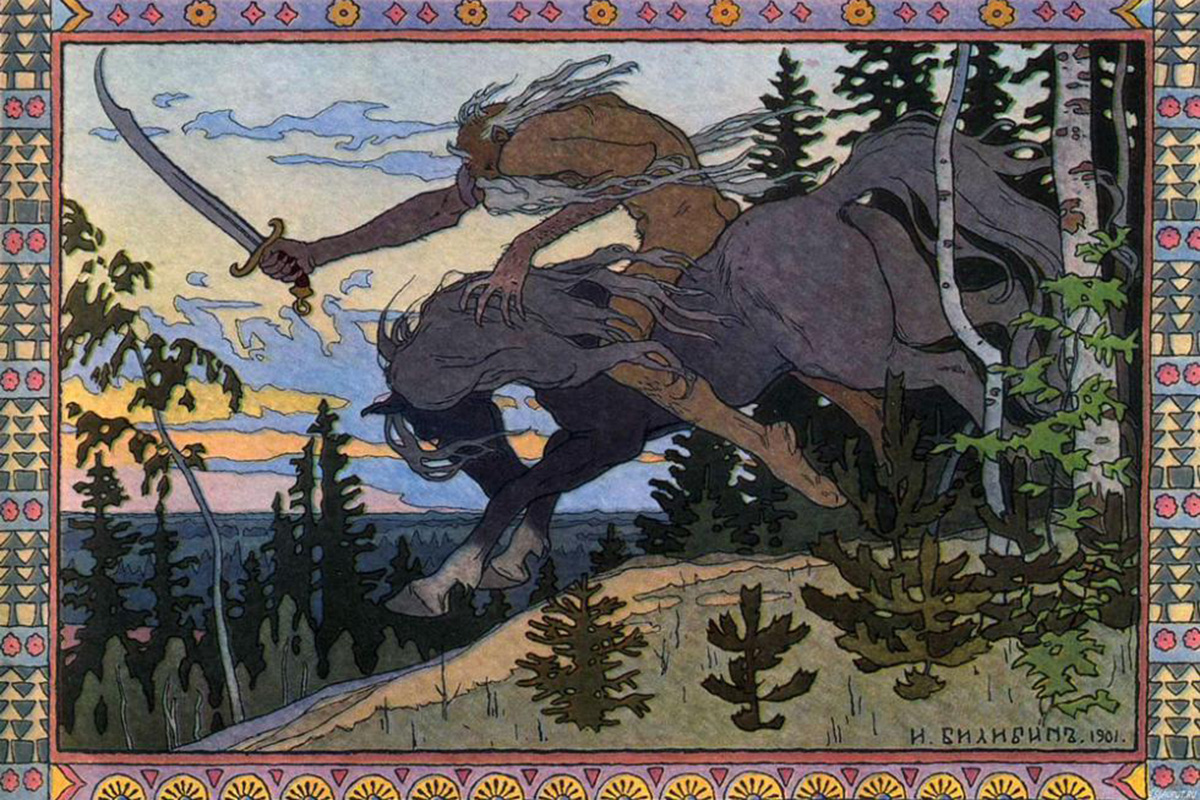
140 years ago, on 16th August, famous Russian illustrator Ivan Bilibin, an unsurpassed interpreter of Russian folklore, was born.
Ivan Bilibin
Bilibin became widely famous after making illustrations for popular Russian fairy tales such as “Ivan Tsarevich, the Firebird and the Gray Wolf”.
Ivan Bilibin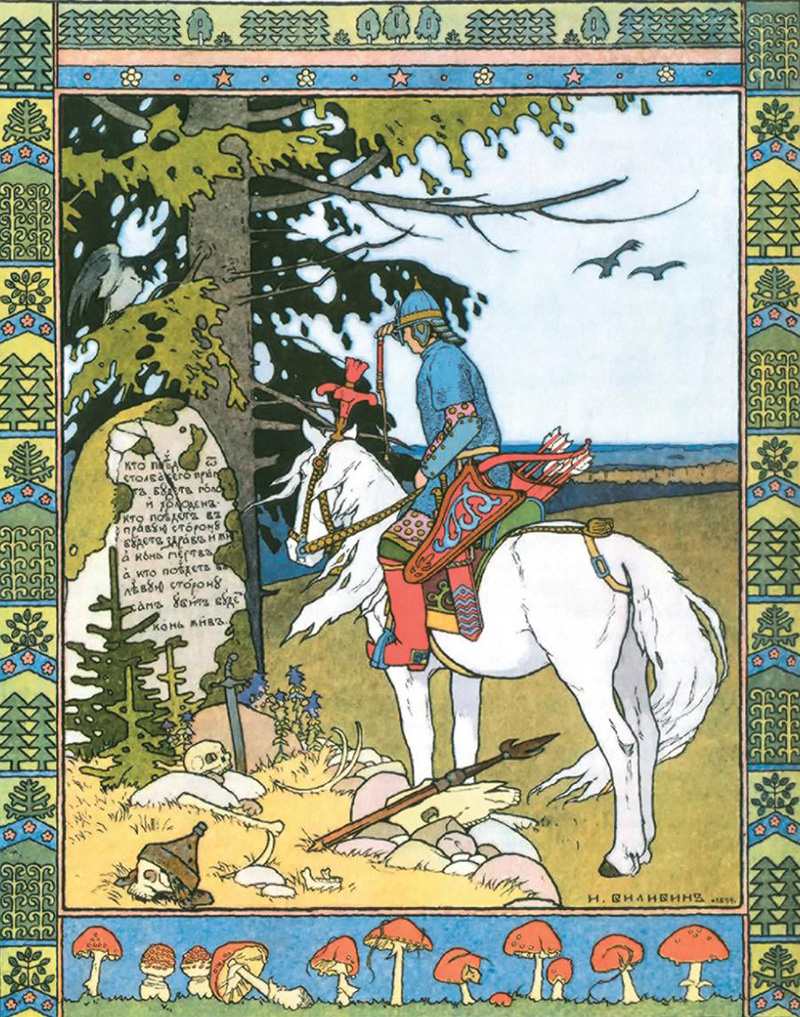
Soon after the revolution of 1917 he left Russia, living and working in Cairo and Paris. In 1936 he returned to Russia and his native St. Petersburg, renamed Leningrad.
Ivan BilibinSubscribe
to our newsletter!
Get the week's best stories straight to your inbox